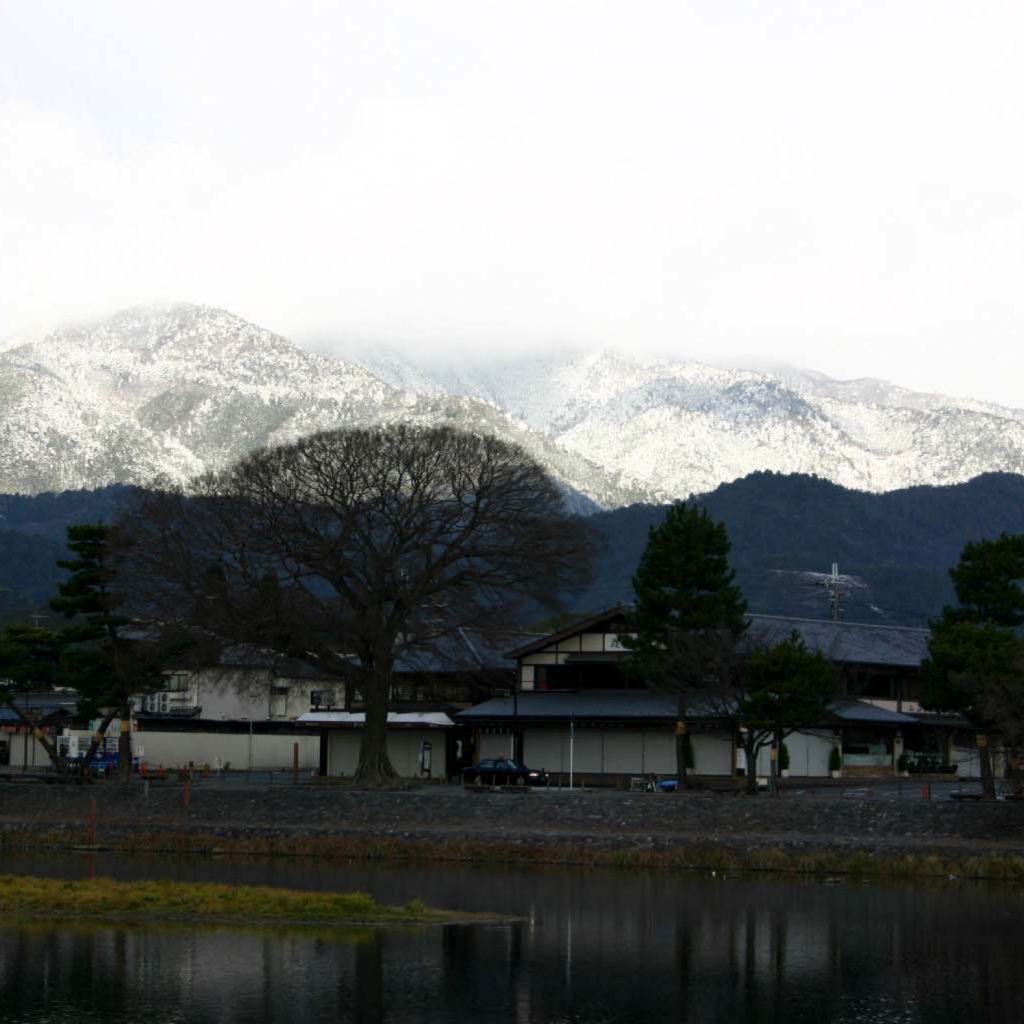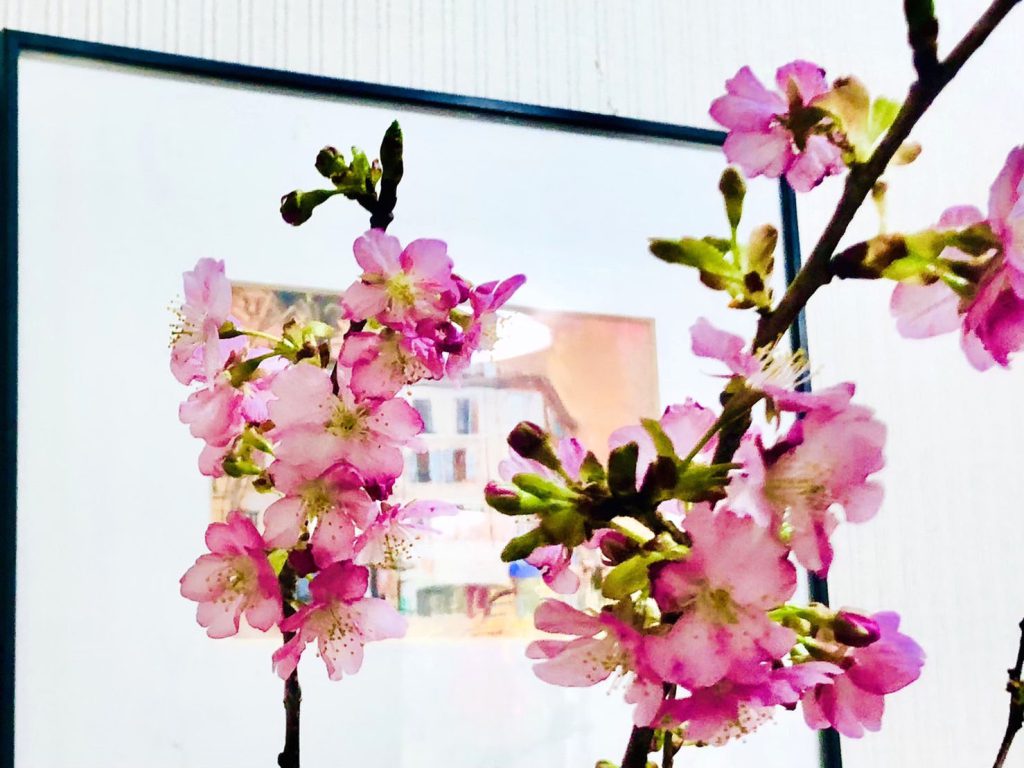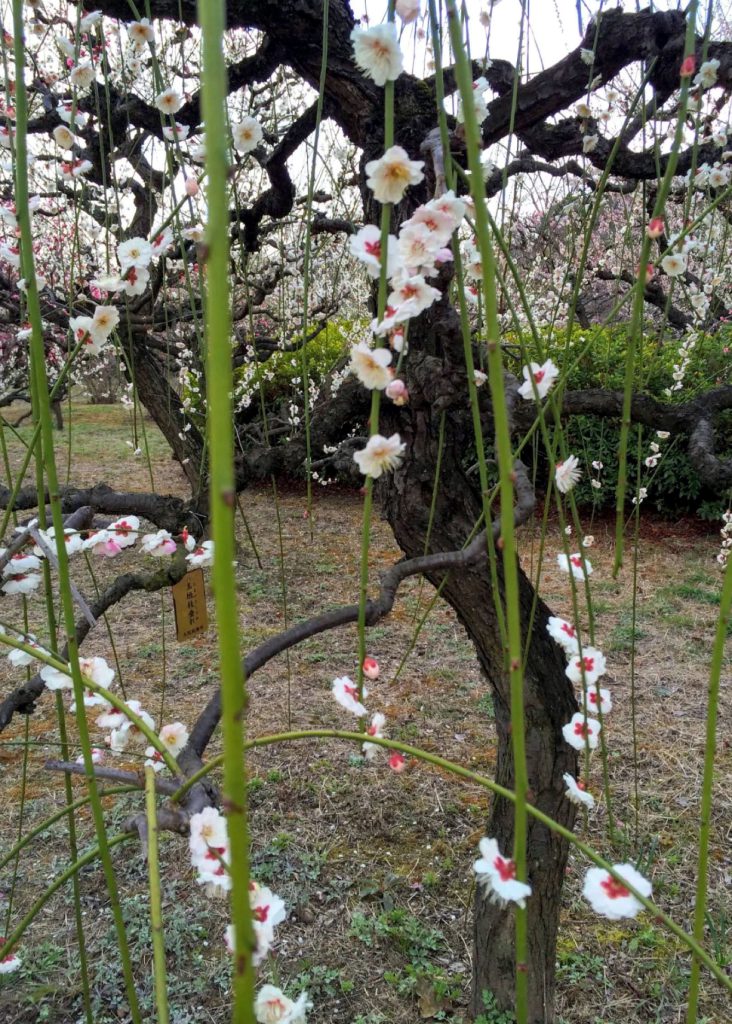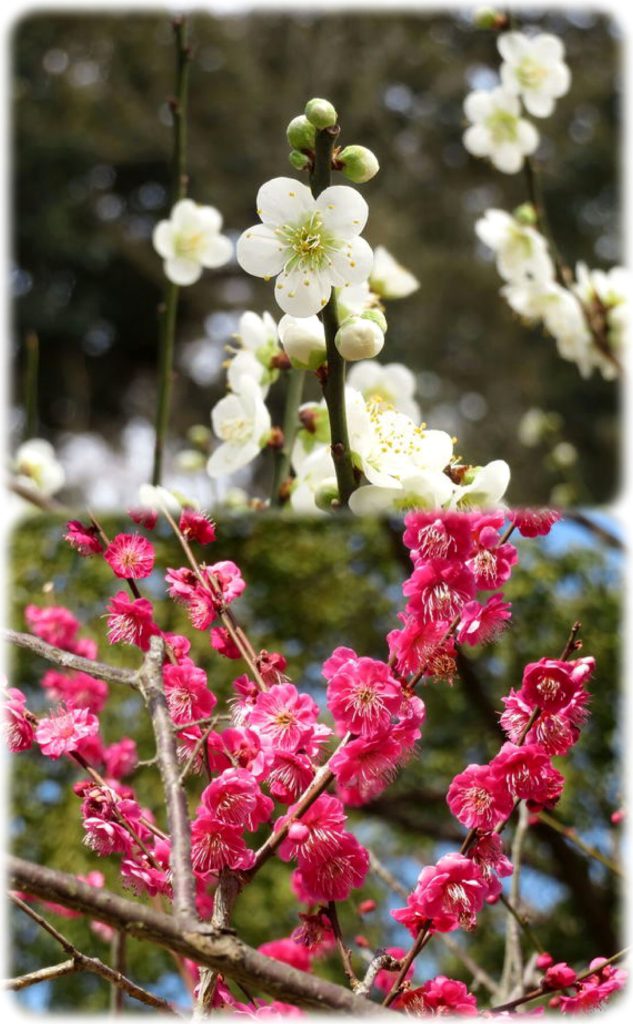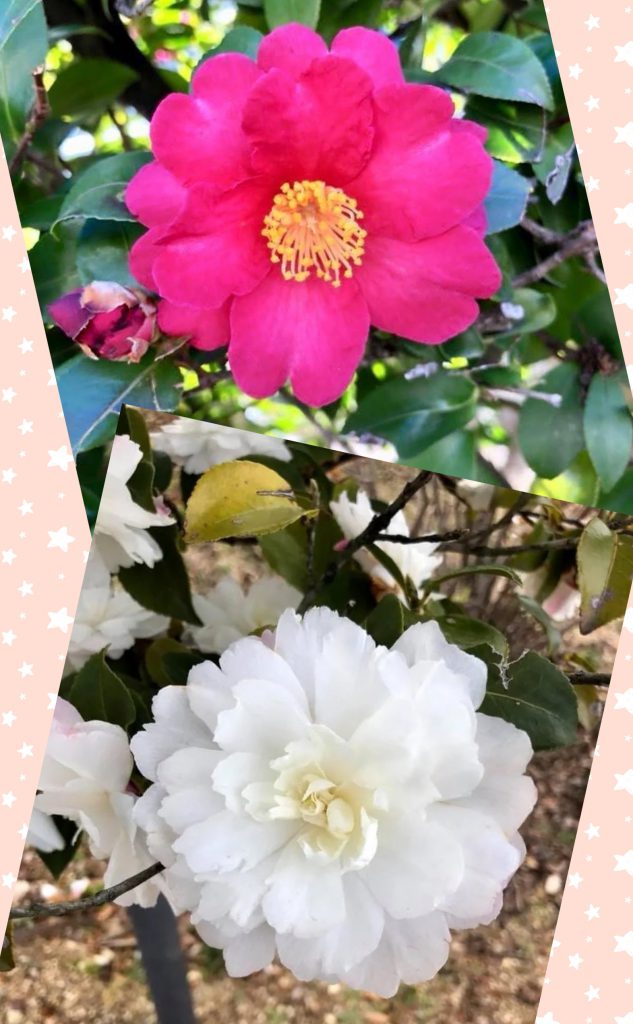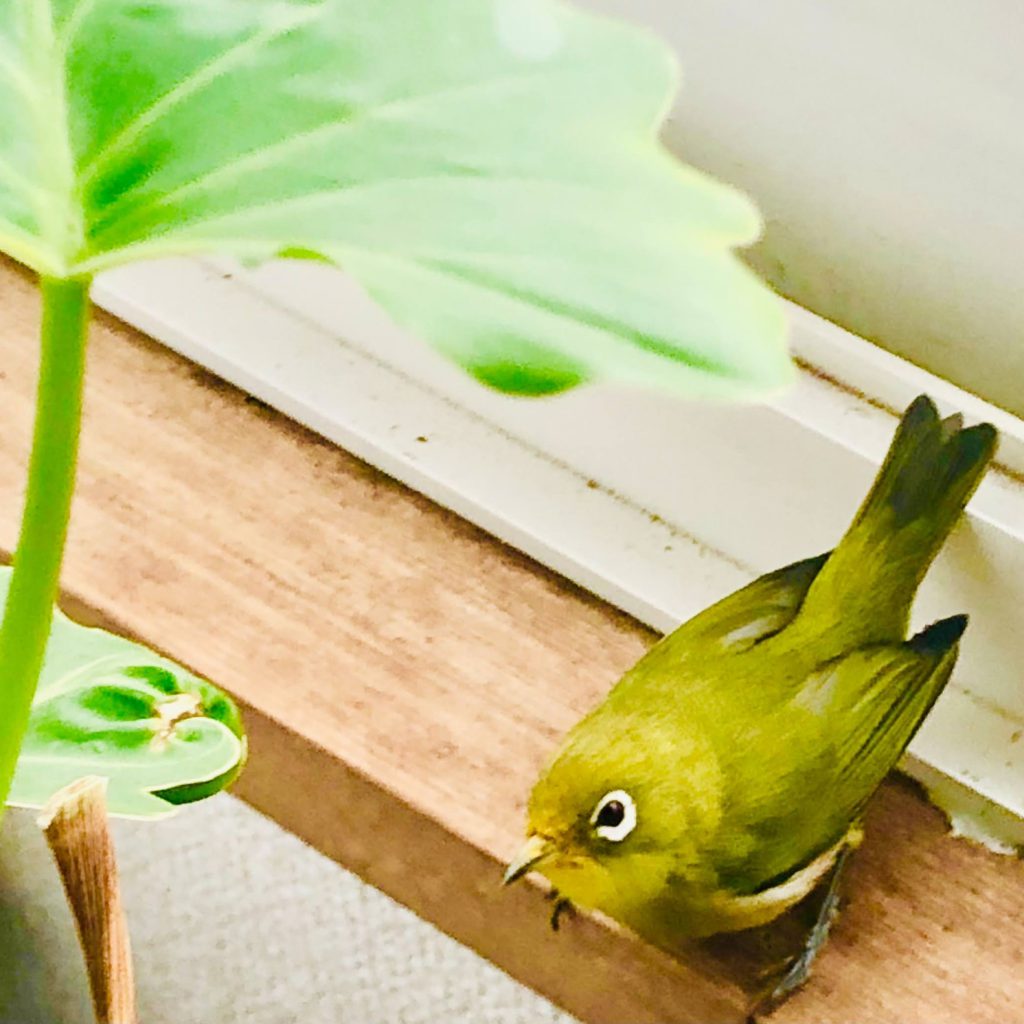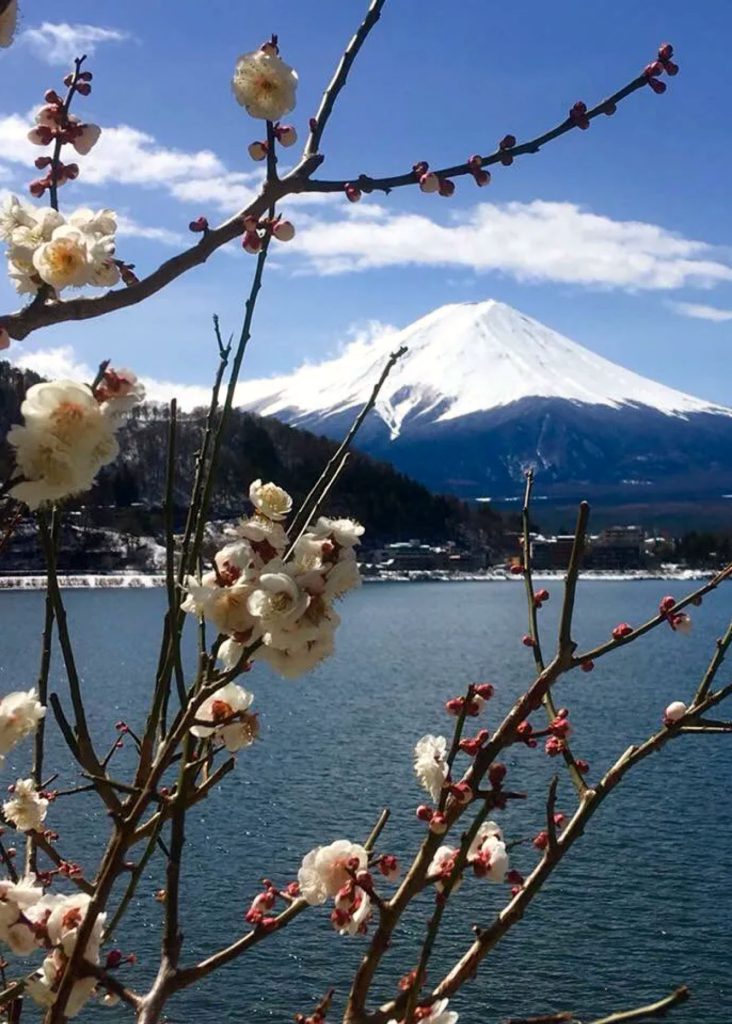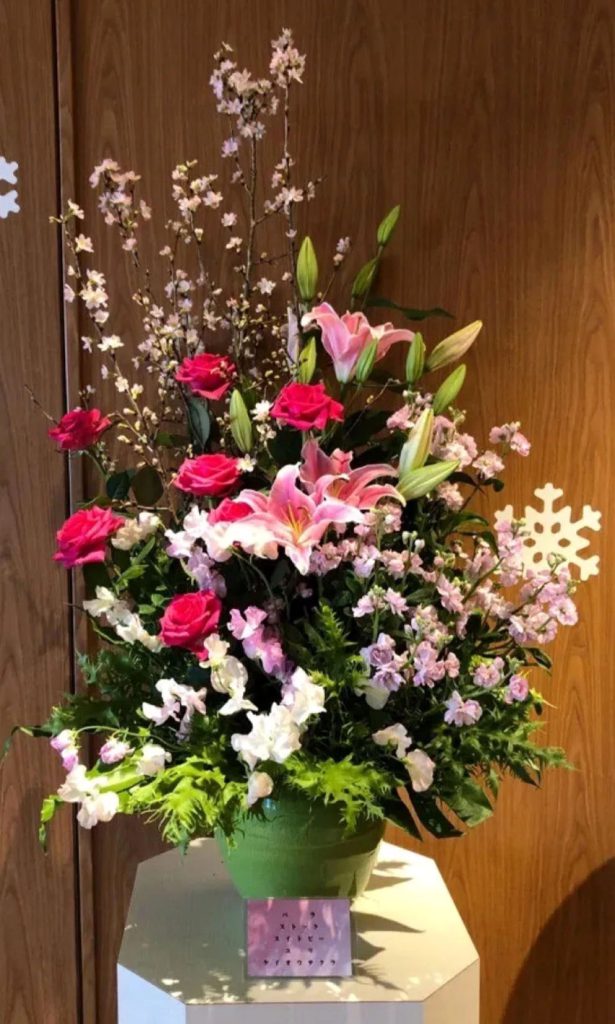
Tomorrow (2/19) will be “Usui”. In Japan, there is a word “24 solar terms” that divides a year into 24 parts and attaches a word that expresses the season to each. Of these, there are six solar terms in spring, with “Risshun” being the first and “Usui” being the second. “Usui” means “the time when the falling snow turns into rain and the thaw begins”, and 2022 is the period from February 19th (Sat) to March 4th (Fri). March 3rd during this period is “Hinamatsuri (Peach Festival)”. There is an inseparable relationship between the Hinamatsuri and Usui, and it has been said that the decoration of the Hinamatsuri should be around February 19th, when the Usui begins. The Hinamatsuri is a water-related event, and since Hina Festival originates from the fact that the Hina dolls that were possessed by the evil spirits were washed away. That’s why they thought that starting to decorate the Hina dolls in Usui day, where the water would be abundant, would bring good luck. The Usui season is also said to be the time to put fertilizer in the fields, and it has been used as a guide to start preparing for farming. You can learn about the unique cultural background of the farming people.
明日(2/19)は「雨水」です。日本には一年間を24分割し、それぞれに季節を表す言葉をつけた「二十四節気」という言葉があります。その内、春の節気は6つあり、「立春」はその第1番目、「雨水」は第2番目の節気に当たります。「雨水」は、「降る雪が雨に変わり、雪解けが始まる時期」という意味で、2022年は2月19日(土)〜3月4日(金)の期間です。この期間内の3月3日は「雛祭り(桃の節句)」。雛祭りと雨水は切っても切れない関係があり、雛祭りの飾り付けは雨水の始まる2月19日頃が良いとされてきました。雛祭りは水に関係する行事で、雛人形は厄を移した人形を水に流していたことに由来するため、水が豊かになる雨水に雛人形を飾り始めると良縁がもたらされると考えたからだそうです。雨水の時期は「畑に肥料を入れる時期」とされ、農耕の準備を始める目安にもされてきました。農耕民族の独特の文化背景を知る事ができます。

